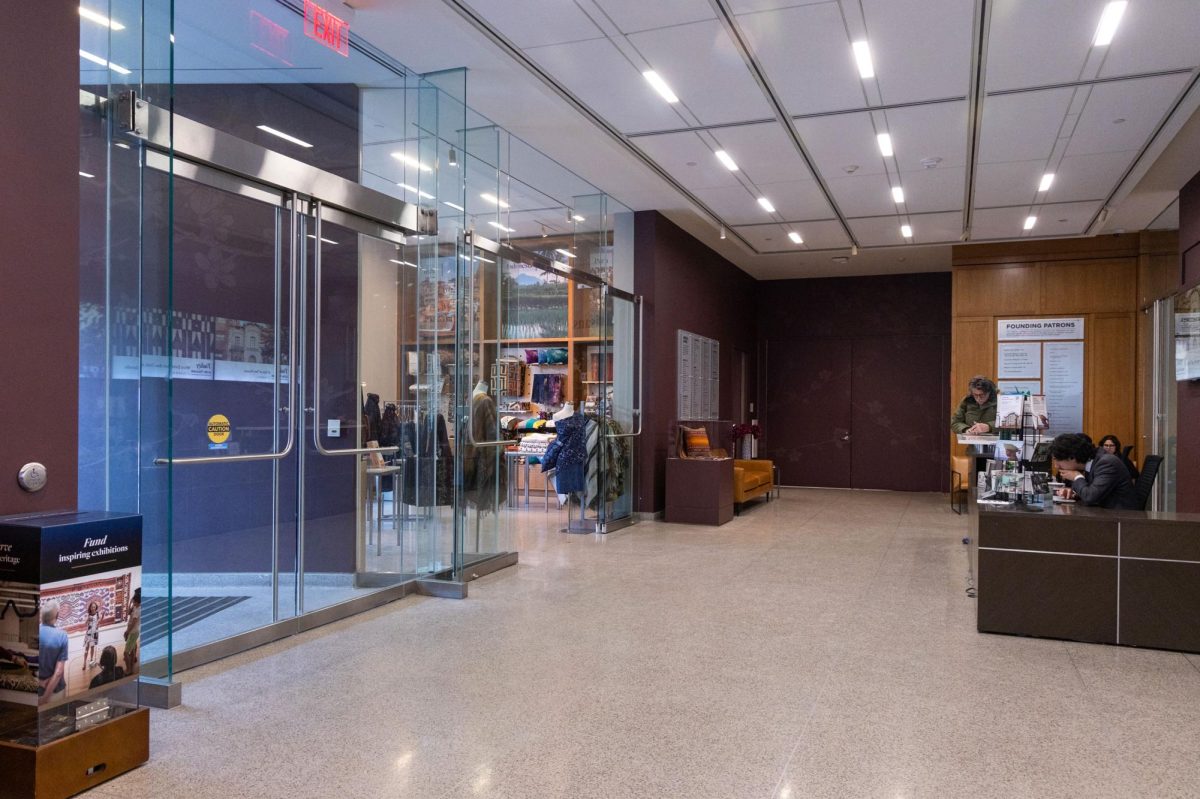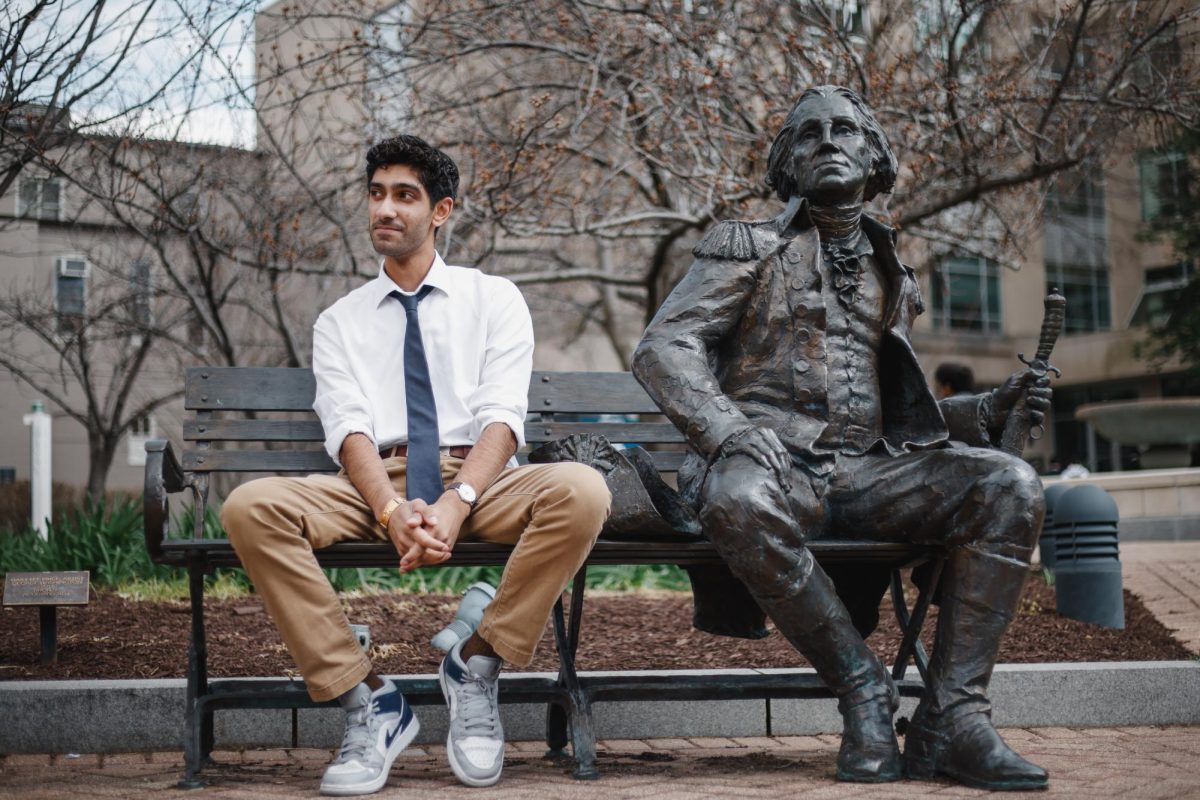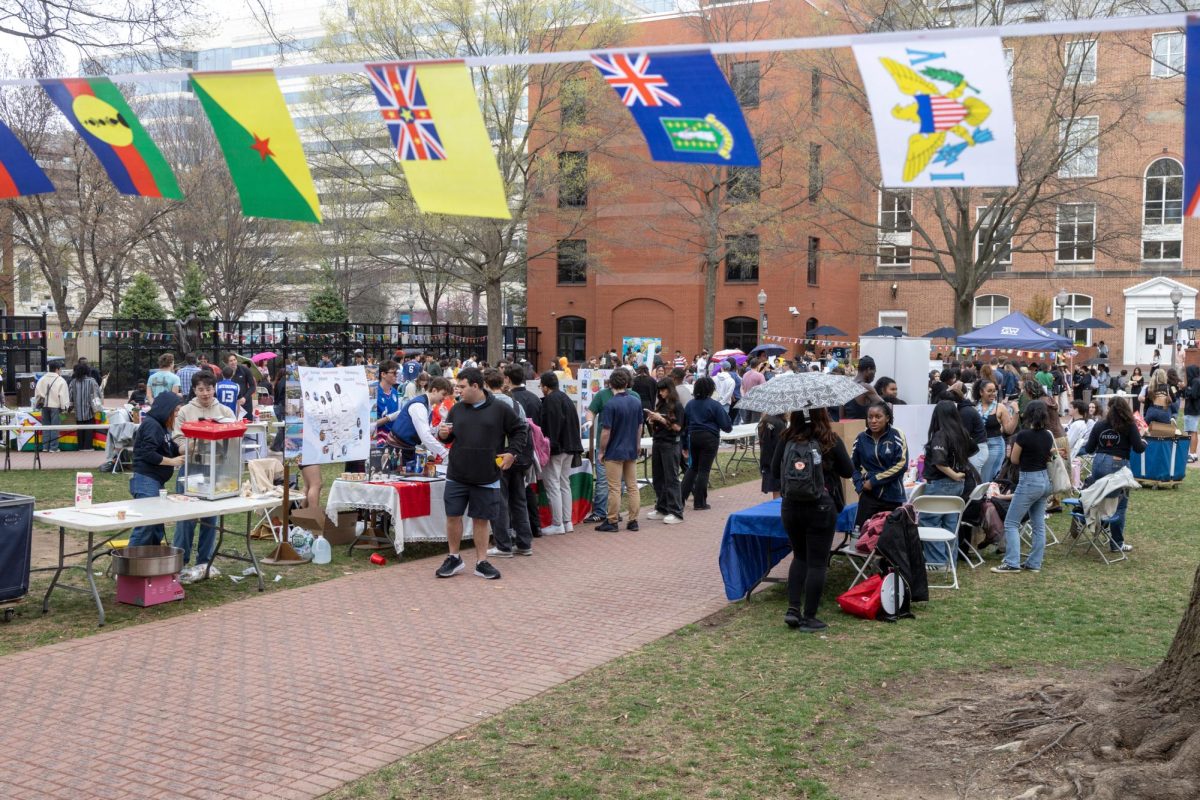The union representing employees of The George Washington University Museum and the Textile Museum ratified a collective bargaining agreement with the University last month, clinching increased wages, protection for upward mobility and hiring transparency.
The collective bargaining agreement, ratified on Jan. 1, raised all employee salaries to at least the “D.C. living wage” of $49,000, granted $2,000 bonuses that union members received when the groups ratified the contract and ensured transparency regarding the University’s hiring policies for museum employees, according to a union release earlier this month. The agreement marks the union’s first contract win since museum employees voted to unionize in September 2023, and Visitor Experience Specialist Nicoll Botero said the contract means she and other employees can now afford to live in D.C. without getting second jobs.
Botero, a union workplace leader, said before the contract she and the other lowest-paid museum employees made just $40,000 annually, despite having master’s degrees, adding that most employees have hefty student loans to pay back.
“It means that I’m not having to look for a new job all the time because of my salary,” Botero said of the contract. “It means I can consider more things, if I were to either look for a new adventure, or even in my own life, it means maybe I can move to a bigger apartment and not have set of roommates.”
The contract also stipulates that union bargaining unit members cannot be “unjustly” denied telework one day a week, compensates days off for unit members not scheduled to work on paid holidays and defines leave for sick time, vacation time, civic time and leave for bereavement, according to the union’s release. The release states that the University guaranteed academic freedom to employees who teach classes or conduct guest lectures at GW.
The agreement created a structure categorizing employees into five groups based on the type of position and seniority, Botero said, and clarifying that employees have the ability to move up to a secondary level of their position after two years at the museum. She said union members will annually review their job descriptions and titles, increasing employees’ awareness of their role’s expectations.
“Now we have guidelines in place for people who are moving up in their careers,” Botero said. “But also it means that we know when and how we can reach other milestones within the institution without wondering, ‘Oh, if I’ve been here for five years, what does that mean?’”
Botero said museum employees hope the heightened salaries and benefits will reduce staff turnover and help the museum to attract a greater diversity of employees because she said the museum industry at large struggles to recruit people of “all walks of life” due to its low pay.
“If you have competitive wages, you will be able to attract people of all types of backgrounds,” Botero said.
University spokesperson Julia Garbitt said GW appreciates the collective efforts to reach an initial collective bargaining agreement with certain employees within the textile museum.
“GW looks forward to continuing a productive relationship with the union through the finalized agreement,” Garbitt said in an email.
Nine of 13 eligible museum employees voted unanimously in September 2023 to unionize and affiliate with Service Employees International Union Local 500, hoping to advocate for pay equity and parity to account for the cost of educational requirements and years spent working at the museum. The textile museum employees’ vote to unionize came as the textile museum accepted a $25 million donation to fund an endowment, and employees felt the textile museum’s increased funding should have been used in part to increase their salaries.





